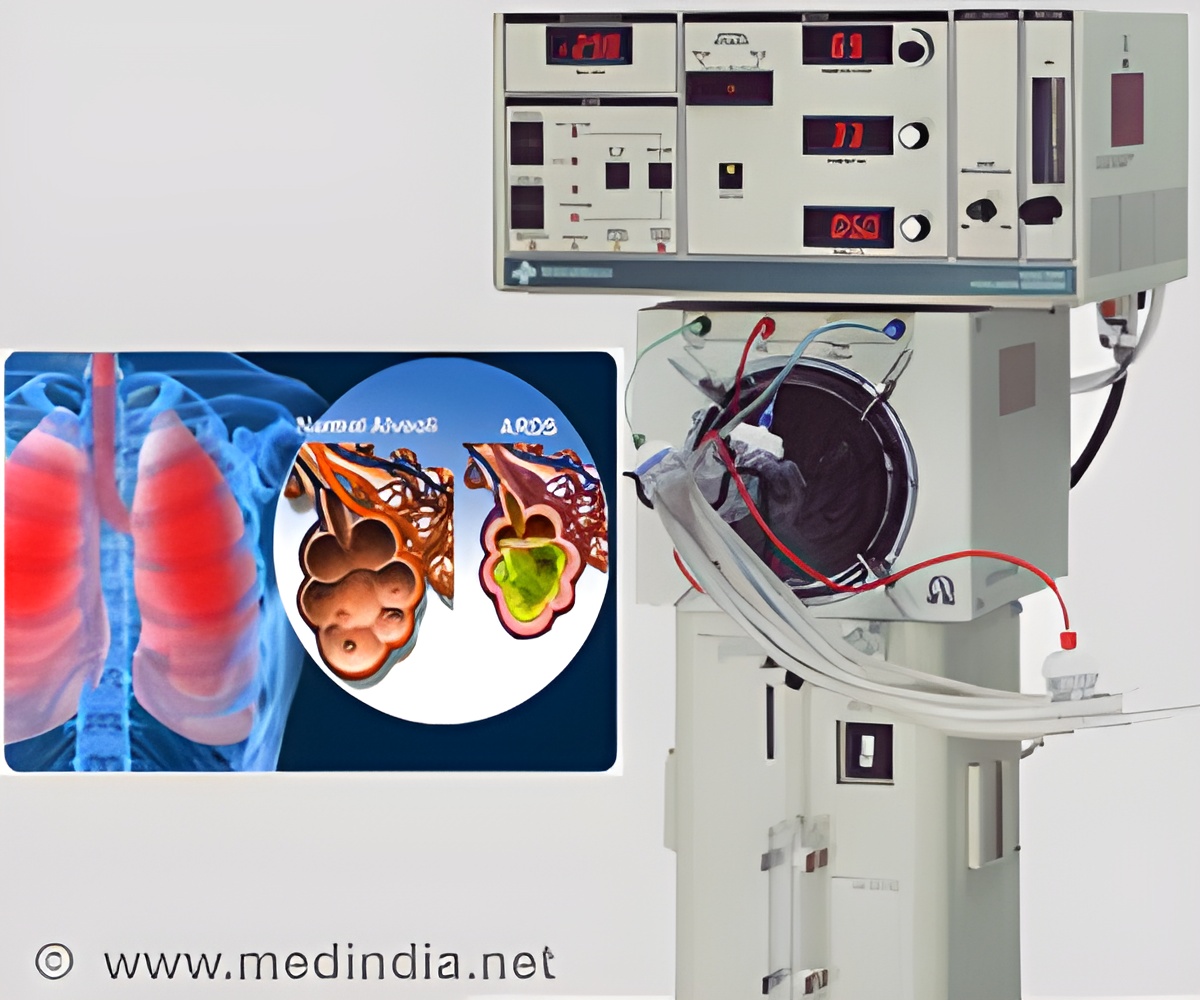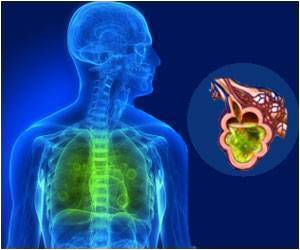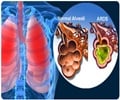Early use of high-frequency oscillatory ventilation in moderate-to-severe acute respiratory distress syndrome may increase in-hospital mortality

High-frequency oscillatory ventilation (HFOV) is an approach which delivers very small tidal volumes at very high rates (tidal volume refers to the volume of air that is inhaled or exhaled during quiet breathing). Previous trials of the use of HFOV in adults with ARDS had shown that the strategy delivers better oxygenation and improves survival. These trials were however limited by small sample sizes and outdated ventilation strategies. HFOV remains an unproven therapy for adults with ARDS despite the more common use in recent years.
Researchers carried out studies in multiple countries to evaluate the role HFOV in ARDS patients. They randomized patients with new-onset, moderate-to-severe ARDS to receive HFOV or to a control ventilation strategy with the use of low tidal volumes and high positive end-expiratory pressure.
In this study, the risk of death was found to be higher in patients on HFOV. The results therefore do not encourage the early use of HFOV in ARDS and the study had to be terminated early due to the high in-hospital mortality caused by HFOV.
The study also found that patients who received HFOV required longer-duration neuromuscular blockade and sedation. More supportive care was also required to this group of patients. In the light of this study, it is hard to justify the use of HFOV as a 'rescue therapy' for new-onset, moderate-to-severe ARDS patients.
Reference: High-Frequency Oscillation in Early Acute Respiratory Distress Syndrome; Niall Ferguson et al; N Engl J Med 2013; 368:795-805.














